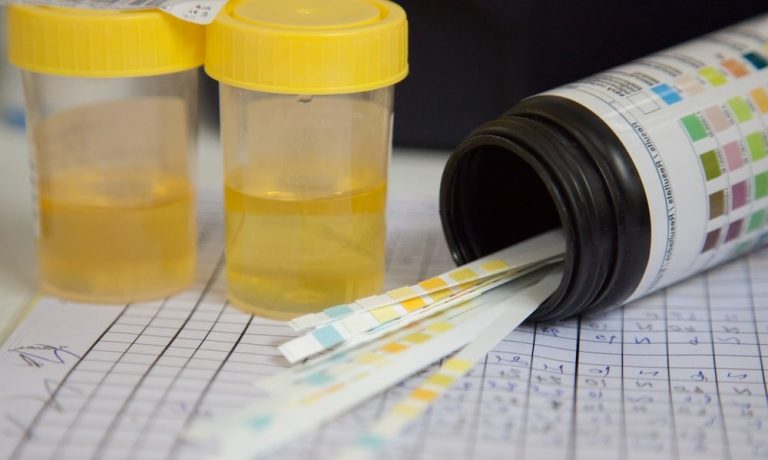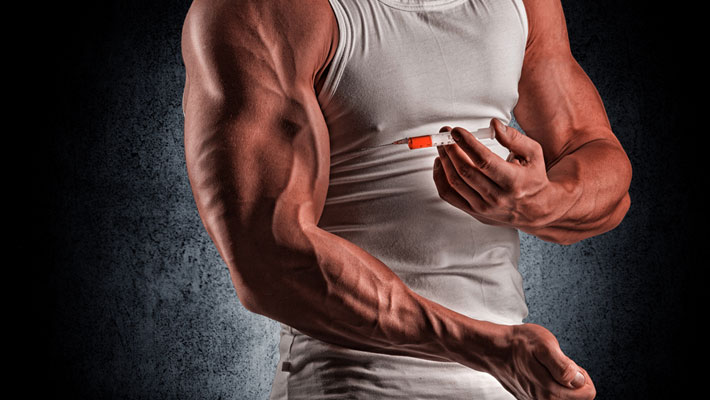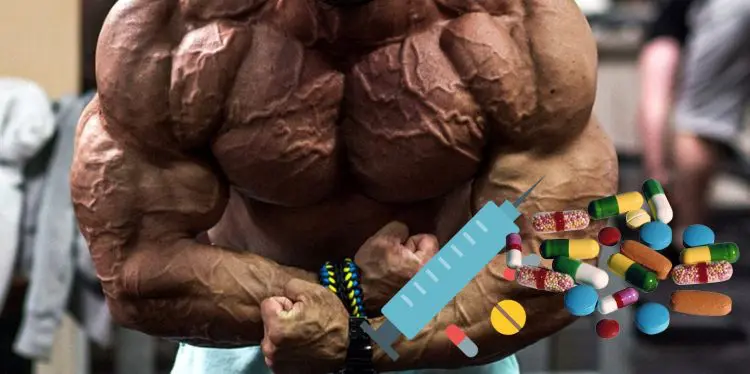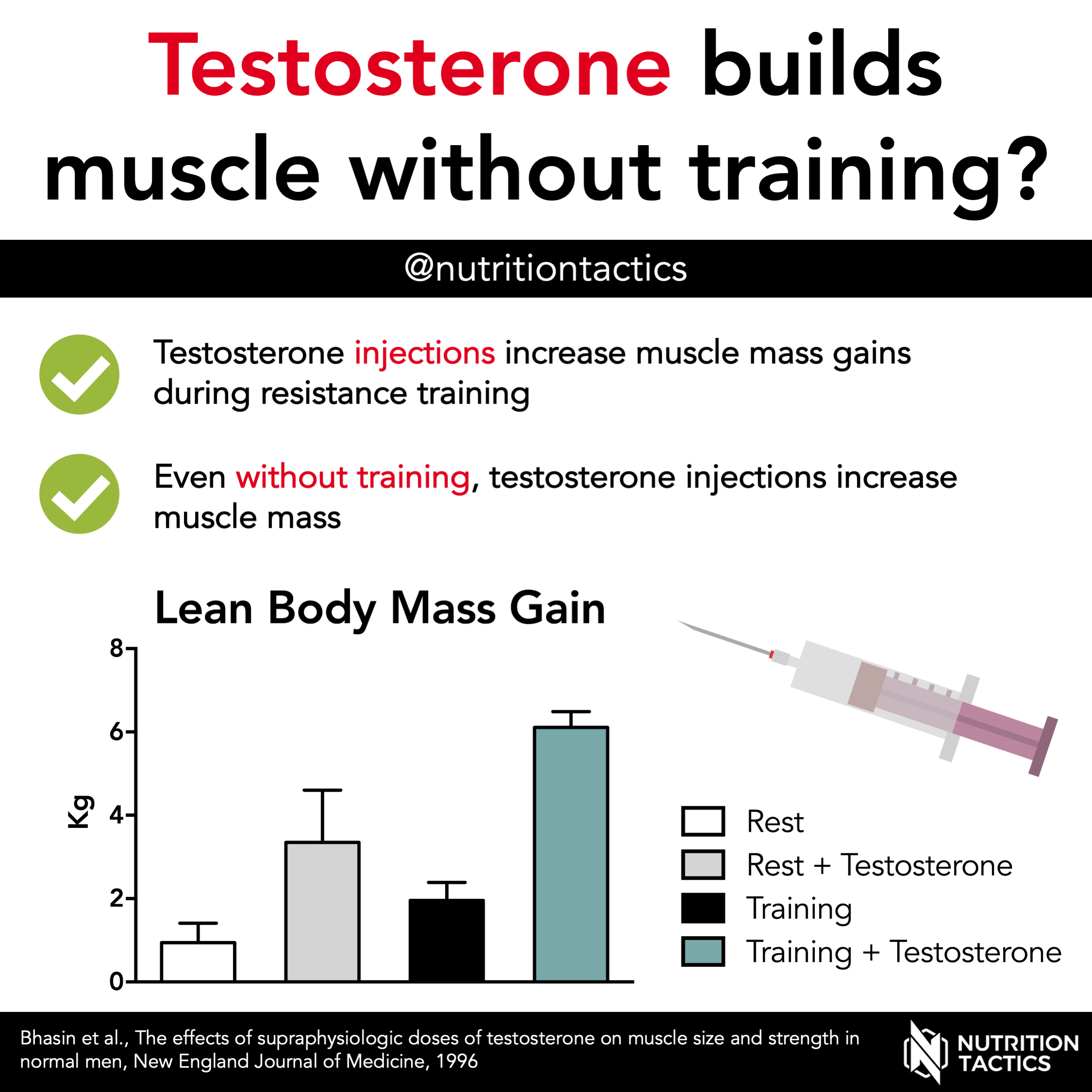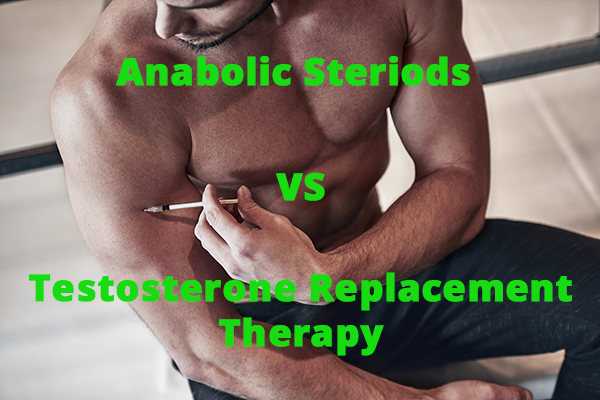How Can You Test For Steroids

The pursuit of fair play in sports and the assurance of public health have made accurate and reliable steroid testing increasingly crucial. With athletes constantly seeking performance enhancements and the potential health risks associated with steroid use, understanding the methods for detecting these substances is essential.
This article explores the various testing methods currently employed to identify steroid use, shedding light on the processes, limitations, and advancements in this critical field. It aims to provide a comprehensive overview of steroid testing for athletes, healthcare professionals, and the general public. It will help to understand how these substances are detected and what the implications of these tests are.
Understanding Steroid Testing
Steroid testing, also known as doping control, aims to detect the presence of anabolic-androgenic steroids (AAS) or their metabolites in an individual's biological samples.
These steroids, synthetic variations of the male sex hormone testosterone, are often used to enhance muscle growth, strength, and endurance. The tests are primarily used to uphold the integrity of sports, monitor public health, and ensure regulatory compliance.
Sample Collection and Preparation
The initial step in steroid testing is collecting biological samples from the individual being tested. Urine samples are the most common type due to ease of collection and detectability of steroid metabolites. Blood samples are also used, particularly for detecting certain steroids or when longitudinal monitoring is required.
Once collected, the samples are carefully labeled and transported to accredited laboratories, maintaining a strict chain of custody to prevent tampering or contamination. The samples then undergo preparation, which involves extraction and purification to isolate the steroids from other substances present in the biological matrix.
Testing Methodologies
Several analytical techniques are used to detect steroids. These methods offer varying degrees of sensitivity and specificity. The choice of method depends on the specific steroids being targeted, the required detection limits, and the resources available.
Gas Chromatography-Mass Spectrometry (GC-MS): GC-MS is a widely used technique for steroid testing, considered the "gold standard" for its high sensitivity and ability to identify a broad range of steroids and their metabolites.
In GC-MS, the sample is vaporized and separated using gas chromatography, and the separated compounds are then identified by mass spectrometry based on their mass-to-charge ratio.
Liquid Chromatography-Mass Spectrometry (LC-MS): LC-MS is another powerful technique that has gained popularity in recent years. It allows for the analysis of steroids that are difficult to analyze using GC-MS, such as those that are thermally labile or polar.
LC-MS involves separating the compounds using liquid chromatography, followed by detection using mass spectrometry. This method provides high sensitivity and selectivity, making it suitable for detecting low levels of steroids in complex biological matrices.
Immunoassays: Immunoassays are screening methods that utilize antibodies to detect the presence of steroids in samples. These assays are relatively rapid and cost-effective, making them suitable for high-throughput screening of large numbers of samples.
However, immunoassays may have limited specificity and can produce false-positive results. Therefore, positive results from immunoassays are typically confirmed using more specific techniques like GC-MS or LC-MS.
Interpreting Test Results
Interpreting steroid test results requires careful consideration of various factors, including the specific steroids detected, their concentrations, and any potential confounding factors. Laboratories compare the detected concentrations against established threshold levels or reference ranges to determine whether a sample is considered positive for steroid use.
It's important to note that endogenous steroids, naturally produced by the body, can also be detected in tests. Therefore, laboratories must differentiate between endogenous and exogenous steroids, those introduced from external sources, to avoid false positives.
This differentiation often involves analyzing the ratio of testosterone to epitestosterone (T/E ratio) or using isotope ratio mass spectrometry (IRMS) to determine the origin of the steroids.
Challenges and Advancements in Steroid Testing
Despite advancements in steroid testing methodologies, challenges remain. One challenge is the constant development of new designer steroids that are not easily detected by existing tests.
Researchers are continuously working to develop new analytical methods and expand the range of steroids that can be detected. Another challenge is the detection of micro-dosing, where athletes use small amounts of steroids to enhance performance without triggering a positive test result.
To address this, scientists are exploring new approaches, such as longitudinal monitoring of steroid profiles and the use of biomarkers to detect subtle changes in hormone levels. The World Anti-Doping Agency (WADA) plays a crucial role in regulating and standardizing steroid testing worldwide.
WADA sets the standards for sample collection, analysis, and result interpretation, and accredits laboratories that meet its stringent requirements. The agency also invests in research to develop new and improved testing methods and monitors emerging trends in doping to stay ahead of potential cheaters.
Impact on Society
Steroid testing has a significant impact on society, extending beyond the realm of sports. It plays a crucial role in safeguarding public health by identifying individuals who may be using steroids for non-medical purposes and at risk of adverse health effects.
By deterring steroid use, testing also helps to promote fair play and ethical behavior in sports, ensuring that athletes compete on a level playing field. Moreover, steroid testing can have broader societal implications, such as preventing the misuse of steroids in bodybuilding and other recreational settings.
Continuous advancements in testing methodologies, rigorous regulatory oversight, and ongoing research efforts are essential to maintain the integrity of sports and protect the health and well-being of individuals.
